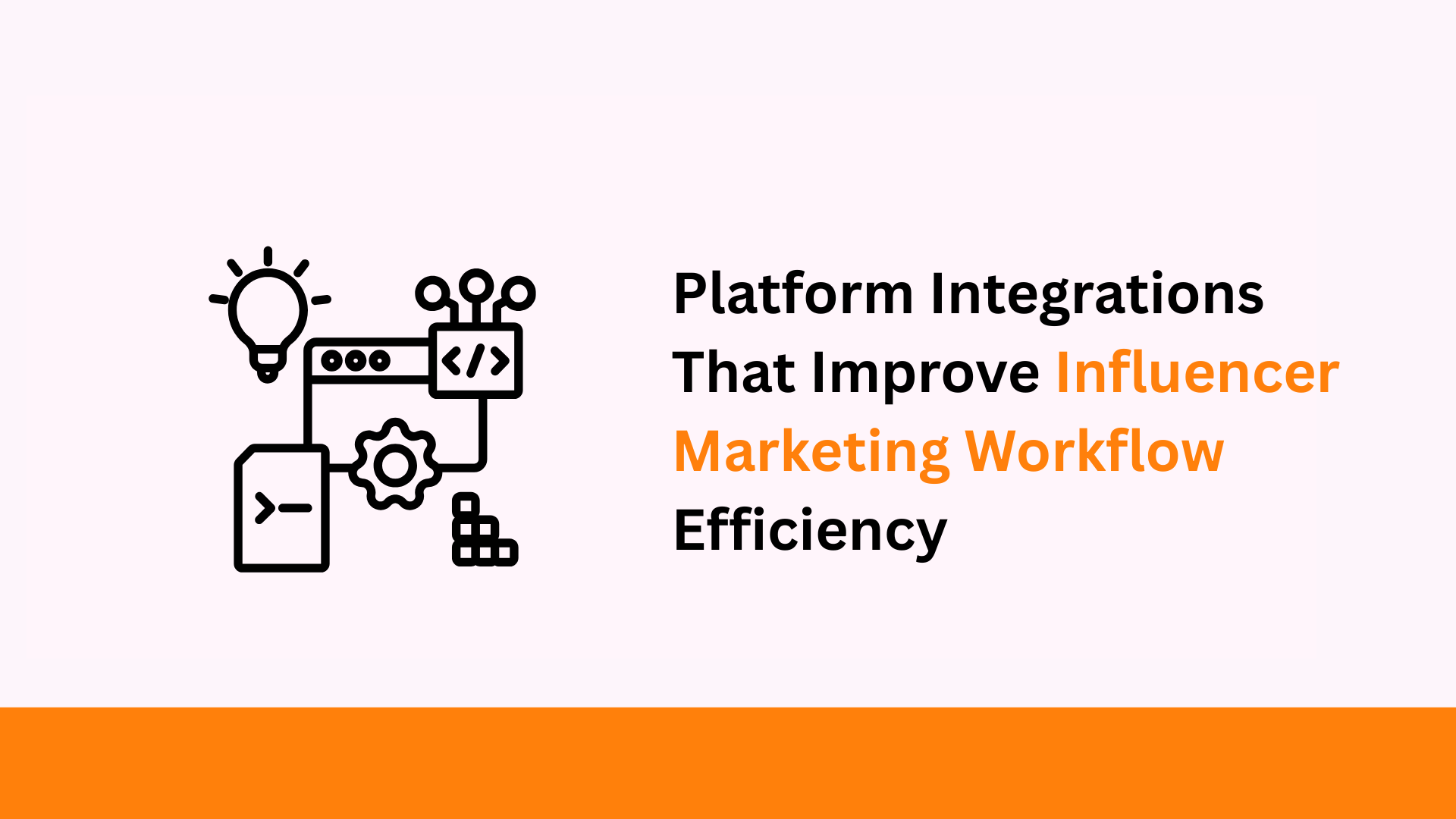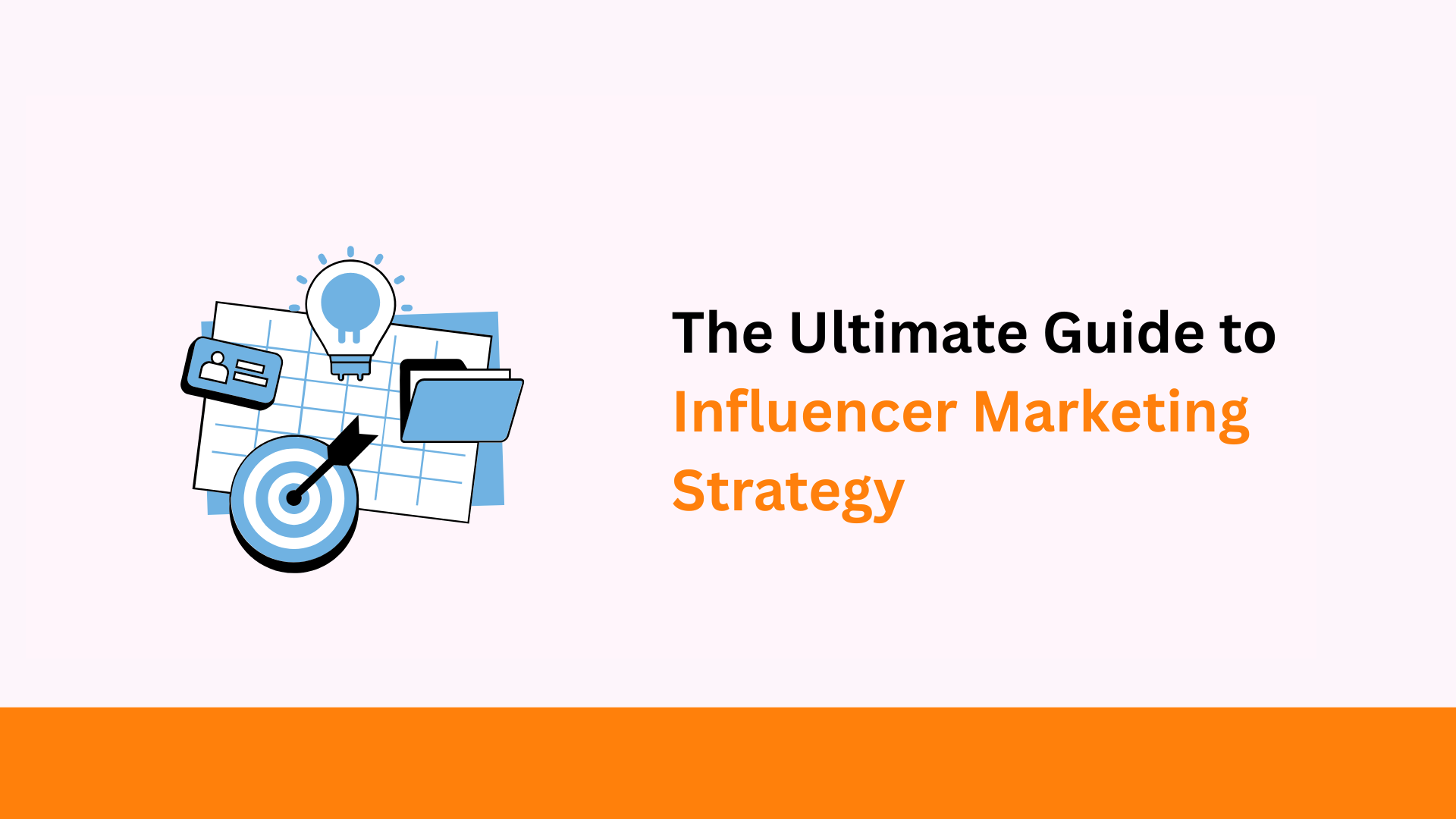TL;DR:
- Influencer marketing platforms use AI-powered algorithms to detect fake followers and engagement patterns
- Multi-layered verification processes help authenticate creator profiles across platforms
- Blockchain technology creates immutable records of audience data for transparent reporting
- Real-time audience analysis goes beyond demographics to understand follower behavior
- Data-driven matchmaking aligns brand values with creator audiences
- Brands using platforms with fraud prevention technologies see up to 65% reduction in fraud exposure
- Partnerships based on authentic alignment deliver 3.2x higher engagement rates
Frauds in Influencer Marketing
In 2024, brands worldwide will spend over $32.5 billion (approximately ₹2.7 trillion) on influencer marketing campaigns. Yet according to recent industry reports, nearly half of this investment faces potential compromise through fraudulent activities. This isn’t just about wasted budgets—it’s about damaged brand reputations and missed opportunities to connect with authentic audiences.
The most damaging forms of influencer fraud include:
- Fake followers: 45% of influencer accounts have suspicious follower patterns
- Purchased engagement: 29% of sponsored posts show signs of artificial interactions
- Bot networks: Sophisticated systems that simulate human behavior across accounts
- Ghost engagement: Likes and comments from inactive or non-existent accounts
The challenge for marketers navigating this landscape is clear: how do you identify authentic creators whose audiences genuinely align with your brand?
How Influencer Marketing Platforms Are Fighting Back
1. AI-Powered Fraud Detection Systems
Modern influencer platforms employ machine learning algorithms that analyze patterns invisible to the human eye. These systems evaluate:
- Historical engagement ratios across posts
- Follower growth patterns against platform averages
- Comment quality and linguistic markers
- Account interaction networks
Real-world impact: Platforms using advanced AI detection report identifying up to 72% more potentially fraudulent accounts than manual review processes alone. When choosing from the best influencer marketing platforms in 2024, look for those with advanced AI detection capabilities.
| AI Detection Factor | What It Analyzes | Red Flags |
| Engagement Authenticity | Comment quality, timing patterns | Repetitive phrases, bulk commenting |
| Growth Patterns | Follower acquisition timeline | Sudden spikes without corresponding content |
| Audience Composition | Follower demographics, locations | Misaligned geography, suspicious clustering |
| Content Consistency | Post performance over time | Erratic engagement unrelated to content quality |
2. Multi-Layered Verification Processes
Leading platforms like fake followers checker don’t rely on a single metric to authenticate creators. Instead, they implement comprehensive verification processes that include:
- Cross-platform performance consistency checks
- Phone and identity verification
- Manual review of content samples
- Video call verification for high-value partnerships
This layered approach makes it significantly harder for fraudulent accounts to game the system, as they would need to maintain consistency across multiple verification touchpoints. When evaluating platforms, these verification processes are among the must-have features in 2025 for brands serious about fraud prevention.
3. Audience Analysis Beyond Basic Demographics
Most advanced platforms dive deeper than surface-level audience metrics, analyzing:
- Psychographic characteristics of followers
- Cultural affinities and values alignment
- Content consumption patterns
- Cross-platform behavior
This comprehensive approach helps brands understand not just who follows a creator, but why they follow them crucial information for authentic partnerships. Understanding these audience insights is particularly valuable when considering the cost comparison between hiring influencers in-house vs via platforms.
Enhancing Creator Match Accuracy Through Data
4. Dynamic Audience Insights
Real-time audience data has become essential for accurate creator matching. Advanced platforms continuously monitor shifts in creator audiences, allowing brands to:
- Track audience sentiment toward specific topics
- Identify emerging interests within follower groups
- Measure attitudinal changes over time
- Adapt partnerships to shifting audience preferences
According to recent industry research, partnerships based on dynamic audience insights outperform static matches by 41% on average. These insights become even more powerful when coupled with platform integrations that improve workflow efficiency.
5. Predictive Performance Modeling
Leading platforms now employ predictive analytics to forecast how specific brand-creator partnerships might perform. These models analyze:
- Historical performance data across similar partnerships
- Audience response patterns to comparable content
- Seasonal and platform-specific trends
- Brand affinity indicators among creator audiences
This approach helps brands identify creators whose content is most likely to resonate with their target audiences before investing in campaigns.
6. Values-Based Alignment Systems
Beyond metrics, modern platforms recognize the importance of authentic alignment between brand and creator values. These systems analyze:
- Creator’s stance on social issues
- Brand safety considerations
- Content themes and messaging consistency
- Audience-perceived authenticity
7. Content Analysis
Advanced platforms now employ computer vision algorithms to analyze visual content across creator portfolios. These systems can:
- Identify aesthetic patterns that resonate with specific audiences
- Recognize visual elements that align with brand identity
- Flag potential brand safety concerns
- Measure visual content performance against benchmarks
This technology helps ensure that creator content styles naturally complement brand visuals, a crucial factor for authentic partnerships. In 2025, these visual analysis capabilities will become standard among must-have features for leading influencer platforms.
Best Practices for Brands Using Influencer Platforms
9. Layered Verification Approach
Smart brands don’t rely solely on platform tools—they implement their own verification processes:
- Review engagement patterns across multiple posts
- Analyze follower growth over extended periods
- Request platform-specific performance data
- Conduct small test campaigns before major investments
This layered verification dramatically reduces fraud exposure while identifying truly authentic partnership opportunities. Understanding how to implement these verification layers becomes easier when using platform integrations that improve workflow efficiency.
| Verification Layer | Purpose | Implementation |
| Platform Tools | Baseline fraud screening | Use the platform’s built-in detection systems |
| Independent Analysis | Secondary verification | Apply brand-specific metrics to creator data |
| Test Campaigns | Performance validation | Run small activations before major investments |
| Continuous Monitoring | Ongoing verification | Track performance metrics throughout the partnership |
The Future of Fraud Prevention in Influencer Marketing
As we look toward 2025, several emerging technologies promise to further enhance fraud prevention and creator matching:
- Federated learning systems that share fraud patterns across platforms while maintaining privacy
- Natural language processing tools that can evaluate comment authenticity with near-human accuracy
- Cross-platform verification networks that track creator authenticity across the entire digital ecosystem
- Audience sentiment analysis that measures emotional response to sponsored content
These technologies will help create an influencer marketing ecosystem where authentic creators are rewarded and fraudulent activities become increasingly difficult to sustain. Brands should watch for these innovations when evaluating the best influencer marketing platforms in 2024 and beyond.
The Economics of Authentic Partnerships
Understanding the financial implications of fraud prevention is crucial for marketers. Consider these statistics:
- The average cost of an influencer campaign ranges from ₹5 lakhs to ₹50 lakhs for mid-tier campaigns
- Fraud prevention technologies typically add 7-12% to platform costs but deliver 35-60% higher campaign efficiency
- ROI on campaigns with verified creators averages 11:1 compared to 4:1 for unverified partnerships
These numbers make a compelling case for investing in platforms with robust fraud prevention capabilities. For a detailed breakdown of costs, explore our comprehensive cost comparison between hiring influencers in-house vs via platforms.
Industry-Specific Fraud Patterns
Different industries face unique challenges when it comes to influencer fraud:
Beauty and Fashion
- Higher incidence of purchased followers (52% above average)
- Greater likelihood of engagement pods
- More sophisticated visual editing to misrepresent product results
Technology
- Technical jargon is used to mask knowledge gaps
- Higher rates of affiliate link fraud
- Greater instances of fake product reviews
Travel and Hospitality
- Location spoofing to fake travel experiences
- Stock image repurposing as original content
- Inflated accommodation and destination reviews
Understanding these industry-specific patterns helps brands implement targeted verification strategies when working with creators in these verticals.
Real-World Impact: The ROI of Authentic Partnerships
Brands investing in platforms with robust fraud prevention and matching capabilities are seeing significant returns:
- A major beauty brand in India reported a 73% increase in conversion rates after switching to a platform with advanced verification tools
- A US-based fashion retailer saved approximately $420,000 (₹35 million) by identifying fraudulent creators before campaign launch
- An FMCG company in Southeast Asia achieved 4.7x ROI on campaigns after implementing AI-driven creator matching
The message is clear: investing in authenticity pays dividends in both performance and protection.
The Creator’s Perspective on Fraud Prevention
Legitimate creators also benefit from robust fraud prevention systems:
- Authentic creators see 43% higher brand partnership opportunities on platforms with strong verification
- Verified creators command 28% higher rates than their unverified counterparts
- Creators with authenticated audiences experience 67% higher engagement on branded content
This creates a virtuous cycle where platforms with strong fraud prevention attract both the best brands and the most authentic creators, further enhancing match quality.
FAQs About Influencer Fraud Prevention
- How do platforms detect fake followers?
Platforms analyze follower growth patterns, engagement ratios, account creation dates, and interaction networks to identify suspicious followers. Advanced systems can detect even sophisticated bot networks by evaluating behavioral patterns across thousands of data points.
- What are the most common types of influencer fraud?
The most prevalent forms include purchased followers, engagement pods (groups that artificially boost each other’s content), bot-generated comments, and engagement manipulation through inauthentic interactions.
- How do platforms improve creator match accuracy?
Leading platforms use data-driven algorithms that analyze audience demographics, engagement patterns, content themes, and brand affinity indicators to match creators with brands whose values and target audiences align naturally.
- What can brands do to verify influencer authenticity independently?
Brands should review engagement consistency across posts, analyze follower growth patterns, check comment quality on content, and conduct small test campaigns before major investments.



